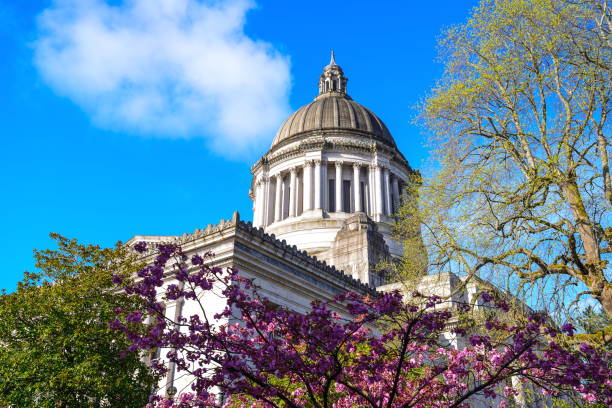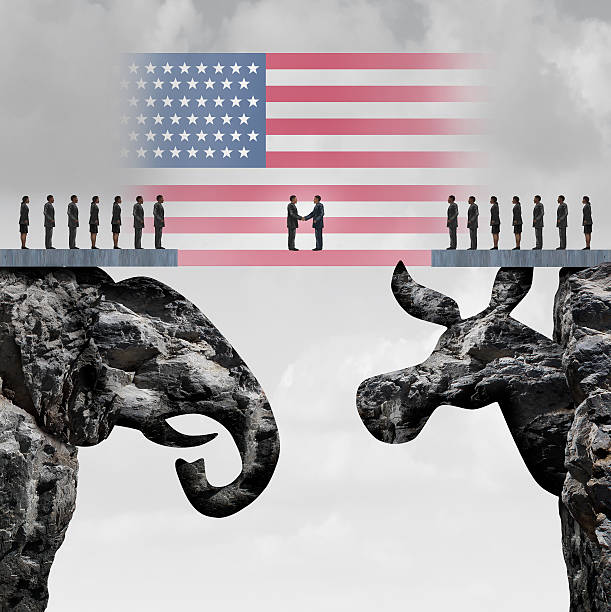Federal versus local control of re-opening

Controversy has raged since the beginning of the COVID-19 pandemic as to which branch of the U.S. government should control and manage the crisis. The argument boils down to the federal government versus state and local governments.
As the country re-opens, the controversy continues. Federal government advocates argue that the virus doesn’t recognize state borders. Consequently, a national plan is necessary. State advocates make the case that the regions of the country have experienced different viral impacts and hence are better prepared to deal with their individual situations.
Although a one-size-fits-all approach is possible, it is not practical. Each state, or actually region of individual states, has had a different experience with the crisis. New York has been devastated by a much different volume of patients than small, rural towns. Even in Washington state, not all communities have been effected the same.
It makes the most sense to allow officials in each region to set their own parameters on opening up. Local governments know their communities the best and can be much quicker in responding to a secondary breakout of the virus. They can also set the pace of re-opening and adjust the steps to opening as necessary.
The federal government certainly has the responsibility of closing or opening the country’s borders. Likewise, a case can be made for a national plan that deals with air travel and interstate commerce. However, specific plans for individual communities should be left to local or state governments.







